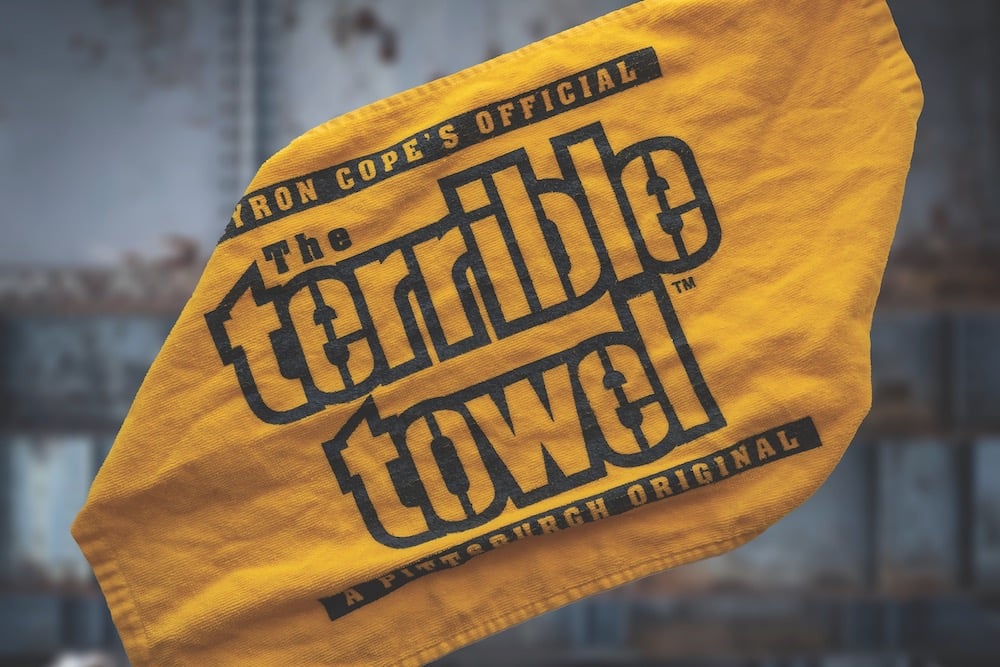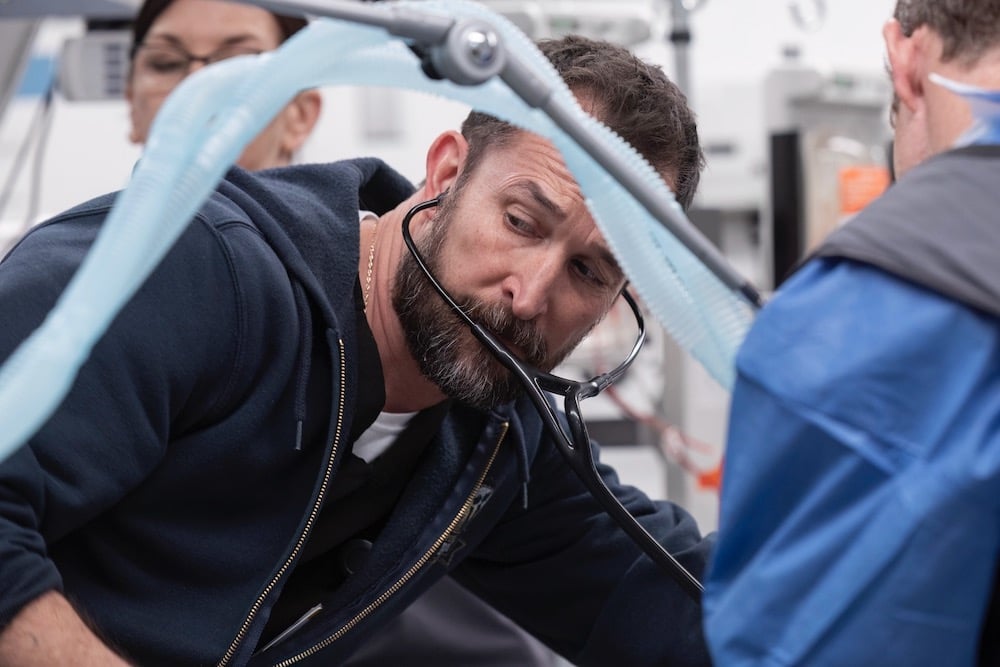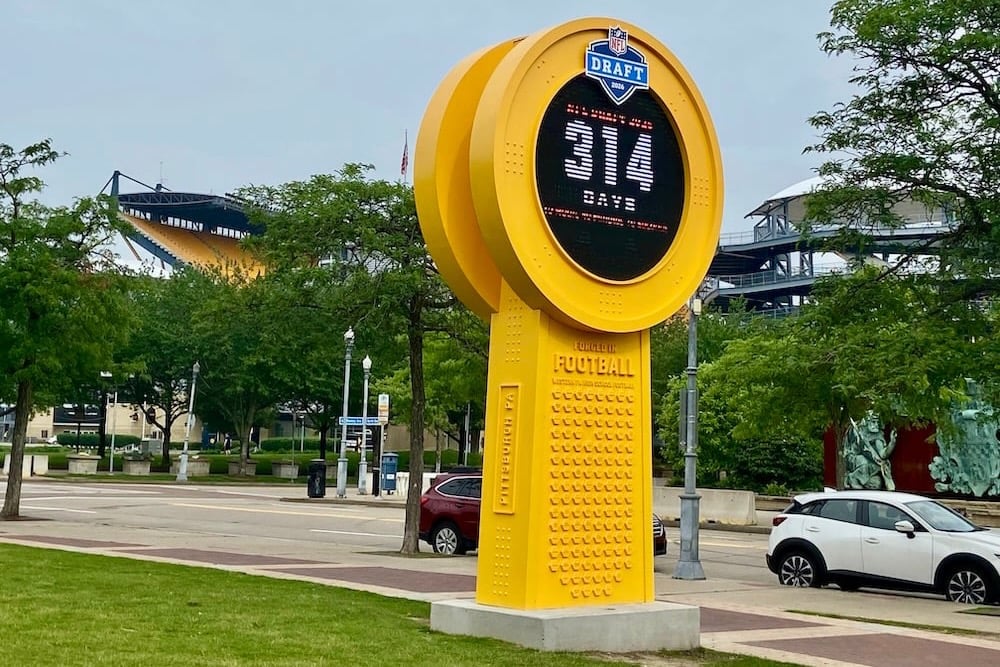Where You Can Transport to 1912 and Imagine Life Aboard the RMS Titanic
The Carnegie Science Center’s latest addition, the immersive TITANIC: The Artifact Exhibition, will run through April 15 inside of the PPG Science Pavilion.
Have you ever wondered what life aboard the RMS Titanic was like for the 2,240 passengers and crew? What did they eat? Where did they sleep? Who survived the sinking of the “unsinkable” luxury liner?
The Carnegie Science Center’s latest addition, the immersive TITANIC: The Artifact Exhibition, will run from Oct. 21 to April 15 inside of the PPG Science Pavilion.
Experience the maiden voyage of the massive ship as it traveled from Southampton, England bound for New York City. Relive the days leading up to April 15, 1912, when a run-in with an iceberg sent her to the bottom of the North Atlantic, burying secrets enthusiasts are still trying to dredge up.
Exhibit-goers receive a replica boarding pass with a real passenger’s name and learn of their fate while traversing a chronological timeline of the ship’s fateful journey.
More than 150 authentic artifacts recovered from the shipwreck off the coast of Newfoundland, Canada, cabin replicas, panels of facts and quotes from passengers and crew, video footage and an opportunity to take a green-screen photo from the hull of the ship to get your own “king (or queen) of the world” experience are included.
A red-illuminated boiler room and a blue-illuminated iceberg room will bring chills to your spine, especially once you touch the frigid 28-degree iceberg to get a sense of the freezing conditions those who went overboard endured.
As I wandered through the rooms, marveling at the condition of the relics and imagining both the grandeur of possessing a first-class ticket (a whopping $125,000 today) and the gut-wrenching fate of its riders, I was suddenly stepping onto a third-class deck and taken to the scene from 1997’s “Titanic” when Kate Winslet (Rose) wades through rising waters to free Leonardo DiCaprio (Jack) from the handcuffs.
Whether you’ve seen the film 100 times or never knew it existed, you can catch showings of the blockbuster on the giant screen of the science center’s Rangos Theater, starting on Dec. 26.
Then walk through the exhibit to check out an ornate first-class smoking room chandelier, rivets used in construction, a telegraph mechanism, the warning gong, a stack of white Au Gratin dishes found in near-perfect condition and some of Adolphe Saalfeld’s perfume vials that, despite spending more than nine decades on the ocean floor, are still fragrant.
Other Titanic-themed gatherings at the science center include two 21 and older events on Nov. 10 and April 12.
James Penca, Titanic historian and consultant with RMS Titanic, Inc., was on hand Thursday during a media preview of the exhibit.
He says he became interested in the Titanic when he was a child and that passion has continued to grow. An actor by trade, the Cleveland native adds he would provide his expertise to local productions of the Titanic musical to help make them historically accurate.
Penca has worked for RMST – an affiliate of Experiential Media Group, the company that was granted salvage rights to the wreck of the ship – for about a year and travels to various exhibits across the globe to help venues make each experience unique. The TITANIC: The Artifact Exhibition has been touring the world for many years and has been viewed by more than 30 million people.
“The tragedy is only part of it for me,” he explains about his Titanic enthusiasm. “I could research something every single day and learn seven new things about it. There are a million little stories surrounding the Titanic, and I want to know them all. All Titanic enthusiasts are hoping to uncover some mystery, but there are some secrets that sank with the ship that we will never know.”
More than 5,500 artifacts have been recovered from the site in seven trips since 1987. Among the items displayed at the science center are a pair of opera pumps, shoes men wore on formal occasions.
Penca says the shoes belonged to Edgar Andrew, a 17-year-old passenger who was initially supposed to travel to America on a different ship a week later. However, due to coal strikes, his travel plans were uprooted.
“Just before boarding the Titanic, Edgar wrote a letter to his friend apologizing for the change in plans. He then wrote, ‘I am boarding the greatest steamship in the world, but I don’t really feel proud of it at all, right now I wish the ‘Titanic’ were lying at the bottom of the ocean.’ He got his wish and, sadly, went down with the ship. I also think the shoes are fascinating because they sat on the bottom of the ocean floor for 88 years.”
The story of Howard Irwin also piqued Penca’s interest. All of Irwin’s belongings were aboard the Titanic, but Irwin was not because he had missed the ship. Among his possessions were a gold fountain pen, an inkwell and a postcard of the Pittsburgh Railroad Station, which are all on display at the science center.
Sarah Reichle, the science center’s exhibits marketing communications manager, says she feels the TITANIC is one of their coolest exhibits.
“It’s amazing that the perfume vials still have perfume in them and there’s a bottle that still has champagne in it. For those to survive both above and below sea is just incredible,” she adds.
Penca says when the perfume vials were opened in a room filled with the stench of death, it brought researchers to tears because the room suddenly smelled of roses.
“This exhibit is spectacular,” she says. “Every time I expect to see the same artifacts, but it’s always different. There are new stories to be told. And the most important thing is these are the real stories of the Titanic.”
Tickets to the TITANIC exhibit are separate from science center admission. Learn more and purchase advance tickets here.



















